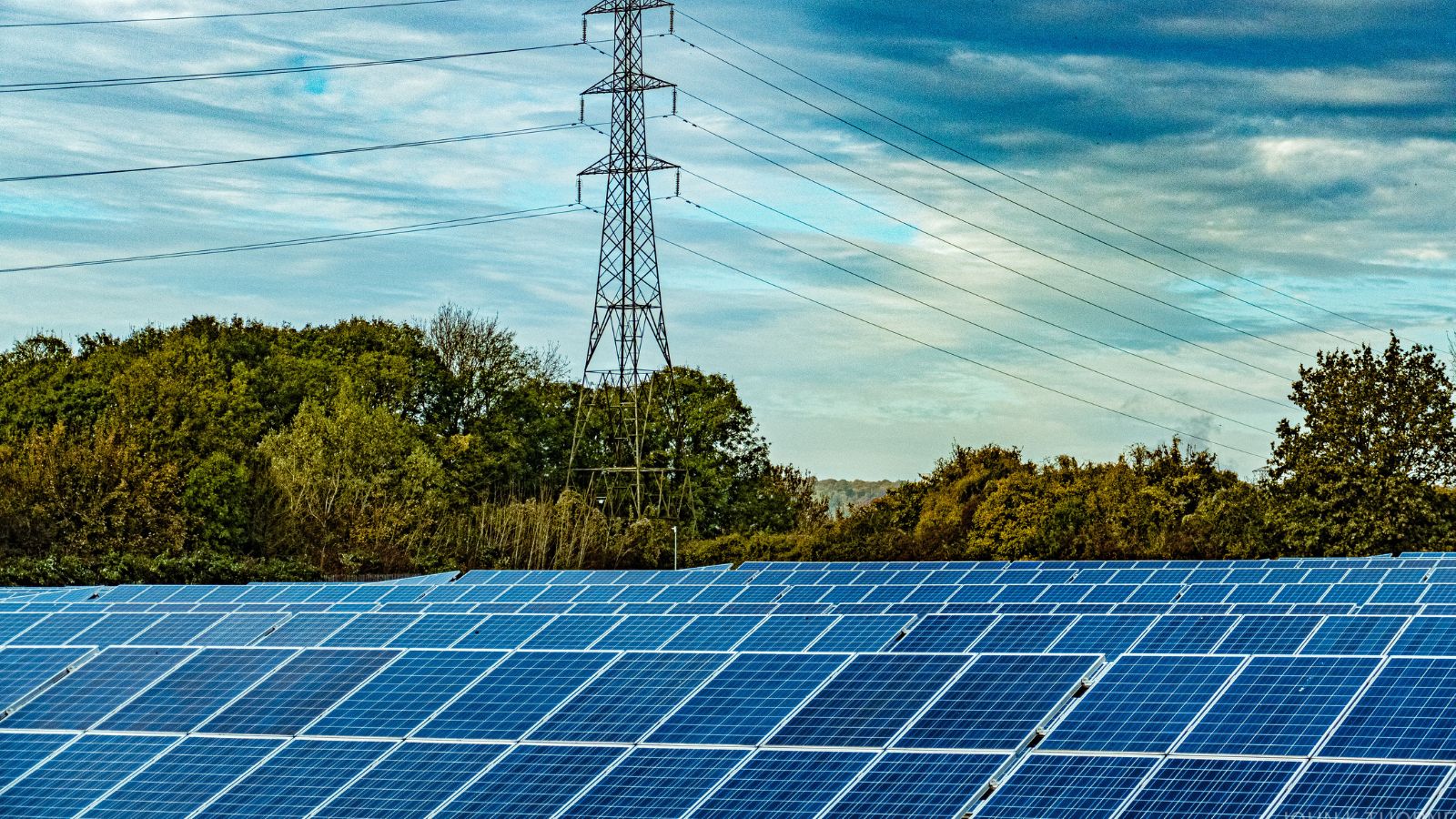Going solar can reduce people’s energy costs and their impact on the climate. But not everyone’s home is well-suited for rooftop solar panels, so community solar programs provide another option.
In these programs, multiple community members buy or lease part of a solar farm and then share the benefits.
“Fifty percent of households and 50% of businesses cannot put solar on their rooftops today. And that’s why community solar is so important to really make the benefits of clean energy more accessible to everyone,” says Nicole Steele of the U.S. Department of Energy.
She says the agency set a goal of helping 5 million homes connect to community solar by 2025.
“It’s audacious. It’s a 700% increase over where it was in just a four-year time frame,” Steele says.
But she says the goal is reachable. To achieve it, the Department of Energy launched the National Community Solar Partnership. It offers technical assistance, peer-to-peer networking, and other support to solar developers, utilities, governments, and others.
By sharing knowledge and resources, partners hope to rapidly expand access to solar energy.
Reporting credit: ChavoBart Digital Media
Source link


